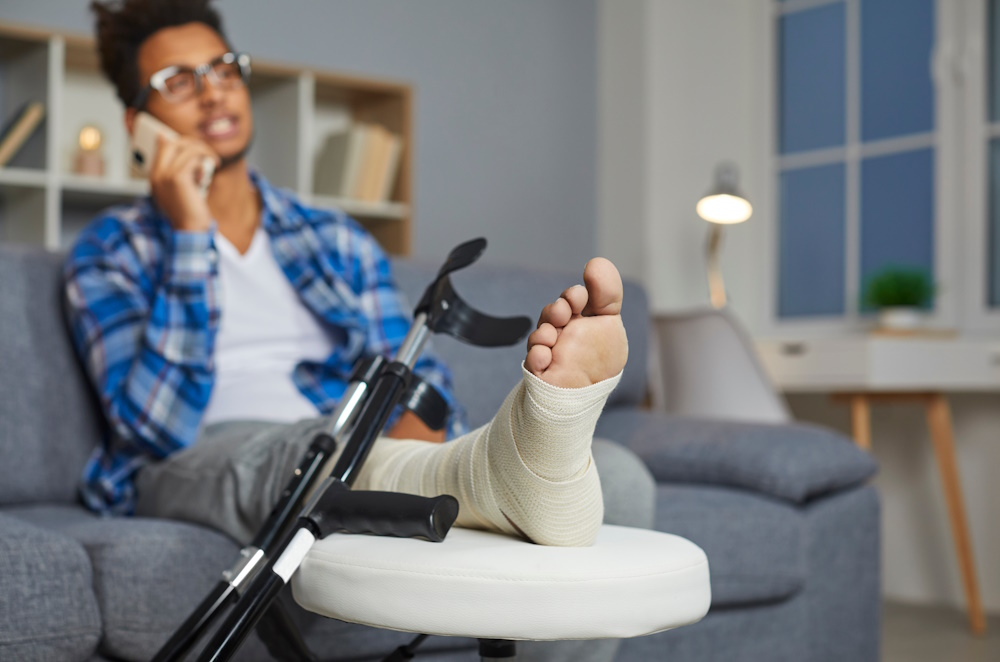Waiting for things isn’t always easy, but it’s worse when there’s any degree of uncertainty involved. And while every vet is familiar with the phrase “hurry up and wait,” applying for VA benefits can still be a frustrating, anxiety-riddled experience. Particularly when decisions take longer than estimated.
So when you get a response that’s not a yes or a no, you’ll likely be tempted to try and gauge whether the update is a good omen or a warning signal.
Honestly, who can blame you?
There are several reasons you may be asked to get another Compensation and Pension (C&P) exam even though you’ve already had one, and none of them guarantee bad news to come. In other words, don’t panic just yet.
Below are several common reasons you might be told to see a clinician for another C&P exam.
A Brief C&P Review
A C&P exam, also referred to as a claim exam, is a medical evaluation performed by the VA (Department of Veterans Affairs) to assess the health conditions of veterans applying for disability benefits. It’s a key step in the process where a VA healthcare provider reviews your medical history and relevant symptoms, conducts an examination, and documents the findings in an exam report that is submitted to the VA to help determine the level of disability and the amount of benefits you might be eligible for.
To qualify for VA disability benefits, you have to provide proof that the qualifying condition is service-connected. Unless the challenges you’re experiencing were caused by, triggered by, exacerbated by, or otherwise negatively impacted by the places you went and things you did during your military service, the disability won’t qualify for benefits, and you’ll be denied.
As a result, applying for VA benefits involves providing supporting evidence to make the case that yes, your military service is at least a contributing factor to the difficulties you now endure. Ideally, you’ll be able to supply all the necessary evidence upfront to serve as the requisite proof.
However, if the VA determines that your initially submitted evidence is insufficient to prove a service connection, you may be instructed to schedule an exam and submit the results. In that sense, the first exam is both good and bad news. It’s suboptimal to have the process drawn out even longer, and not have your claim approved outright, but it’s not just a flat “no” either. Not yet, at least.
In most cases, that first exam will be enough for the VA to finally make a call and send you their decision on the matter, for better or worse. Not all cases are that simple, though, and in some specific cases, the VA may request additional information in the form of a follow-up evaluation.
Your VA Benefits Are Due for Reevaluation
Some disabilities are understood as ongoing, chronic conditions that are at best managed, and don’t improve over time. Others can see the patient experiencing some level of relief with successful treatment. A cancer might go into remission, for example, while hearing loss won’t.
Because of this, some conditions receive a disability rating that comes with timeframe stipulations. If the vet was receiving treatment, and then treatment was discontinued after achieving positive results, the vet will eventually have to be reevaluated to determine if the disability (meaning the disruption to independence and productivity) is still present, or as severe as it was previously.
Hypothetically, if you had received a rating of 100% for a cancer diagnosis, but you’ve not received treatment for over six months, the VA will likely send a request for a follow-up claim exam to see if you still qualify for the 100%. In the event that you are currently cancer-free, they won’t necessarily just drop the benefits though; that’s in part what the exam is for. VA staff is looking for “residuals,” or lingering symptoms from the condition that continue to make daily independence a challenge (even if that challenge is less severe than it was previously).
Your First Exam Results Have Lapsed (Before a Decision Was Issued)
If the request for a second C&P came to you before you’ve even received a decision regarding the first one, the matter is likely one of process delays.
Similar to how some conditions have to be essentially recertified after a set period, the same can be true of a pending application if it sits in the queue for too long. Basically, your application was in the system long enough that it “expired,” and the VA needs an updated evaluation so they can use it to make their decision.
Your Disability Claim Application Needs a Second Opinion
Finally, an additional exam may be needed if there are concerns about the accuracy of the initial decision.
Often, these are tied to appeals—a vet receives a decision on their benefits, but believes they qualify for a higher rating, and files to appeal that decision.
In some cases, someone on the VA’s end marked your application as needing further review. That may be due to missing or incorrect information provided by the examiner, a possible miscalculation, or other potential discrepancies. In these cases, the second C&P exam ensures that the VA has reliable and accurate information, giving you the best chance to be awarded all of the disability benefits you qualify for.
Getting Your Second C&P Exam
As far as preparation for your follow-up claim exam, it will largely mirror your previous experiences. The key is identifying what, if anything, the VA is looking for specifically as clarification in order to make a final decision, and then ensuring that the information is included in the new exam results.
Whatever your situation, it’s in your best interest to schedule another C&P if you’ve been instructed to. While there’s no guarantee the final result will be the news you were hoping for, the C&P exam has a large potential for impacting your disability decision or your disability rating, and you may see the numbers go up once the dust settles.
 AllVeteran.com Advisors
AllVeteran.com Advisors
With expertise spanning local, state, and federal benefit programs, our team is dedicated to guiding individuals towards the perfect program tailored to their unique circumstances.











